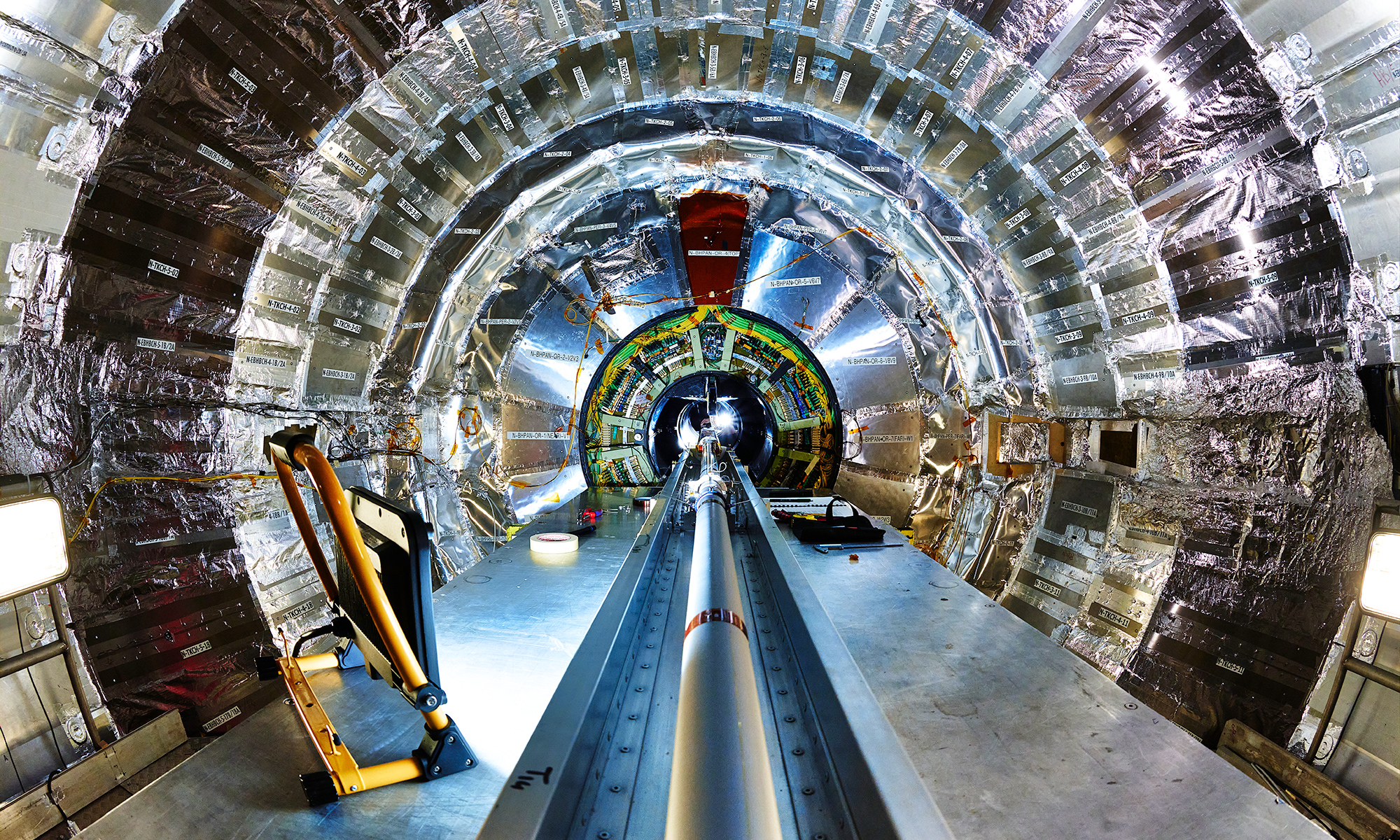Telescopes are typically mounted on satellites in space or grounded in earth-bound observatories. Dan Watson, however, is involved in a NASA mission that puts telescopes in a different realm—the earth’s stratosphere.
Watson, professor and chair of physics and astronomy at Rochester, is part of a team of researchers developing new instrumentation for the Stratospheric Observatory for Infrared Astronomy (SOFIA). Unlike typical observatories, SOFIA is situated on a Boeing 747SP jet airliner.
“SOFIA is NASA’s third-generation high-altitude airborne observatory,” Watson says. “The University of Rochester and airborne astronomy go way back. [Rochester] professors Judy Pipher and Bill Forrest observed on both the first and second generation airborne telescopes, and I used the second generation one for my PhD thesis.”
The jet that currently houses SOFIA is modified to carry a 2.5-meter diameter telescope. It can fly at altitudes of 39-45,000 feet, slightly higher than a typical commercial airliner, and is usually aloft for about 900 hours per year. At these altitudes, the instruments on board can see celestial objects in infrared light that typically elude ground-based observatories: most infrared wavelengths are absorbed by water vapor in the earth’s atmosphere before reaching the ground.
SOFIA also plays an important role in developing advanced space instruments. New technologies can be used on SOFIA sooner, and can be optimized more easily, than on space-based observatories.
As part of a team led by Harvey Moseley, a senior astrophysicist at NASA’s Goddard Space Flight Center in Maryland, Watson is helping to develop HIRMES, a high-resolution, mid-infrared spectrometer that will be part of SOFIA. HIRMES’s main goal is to measure the composition, location, and motions of gas and icy solids within disks orbiting very young stars, about a million years old. At this age, the disks are actively giving birth to planets, out of these ingredients.
“HIRMES will reveal key details of these protoplanetary disks—decisively important for the planet-formation process—that haven’t previously been possible to observe, even from space,” Watson says.
HIRMES is currently set to begin observational flights on SOFIA in 2019.




